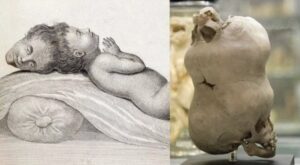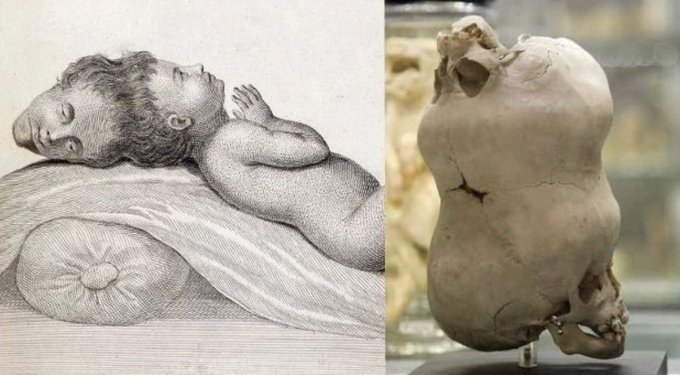In 1783, a boy with two functioning heads was born in Mundal Guat, Bengal, India.
The sight startled the midwife so much that she threw the boy into a fire, though he survived with minor injuries.

Seeing a chance to profit, the parents took the boy to Calcutta where people paid to see his unique condition.
The heads operated independently—one could sleep while the other was awake or cry while the other smiled.
But their responses to stimuli varied—one head was light-sensitive and had poor vision.
Still, they shared the same pain sensation.
Sadly, at age four, the boy died from a cobra bite when his mother had gone to fetch water.
Today, we know this condition as craniopagus parasiticus, a rare occurrence in about 2 in every 5 million children.
Postmortem examination of the boy showed that each head had its own brain and blood supply.
He was otherwise healthy during his short life.
The boy’s skull is now displayed at the Hunterian Museum of the Royal College of Surgeons in London, a monument to this rare medical condition.

